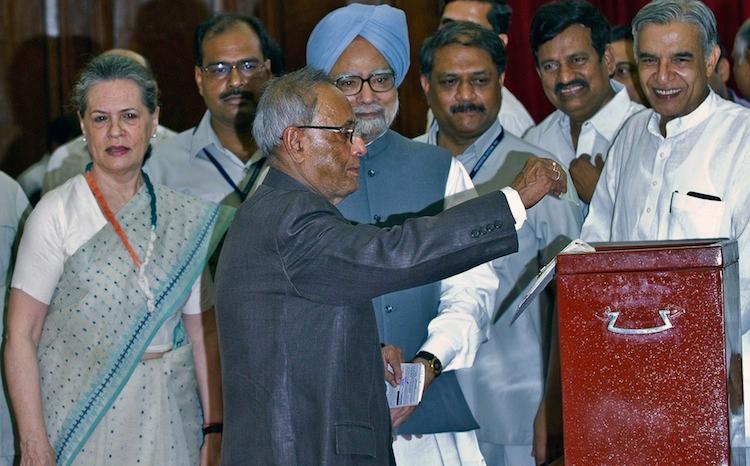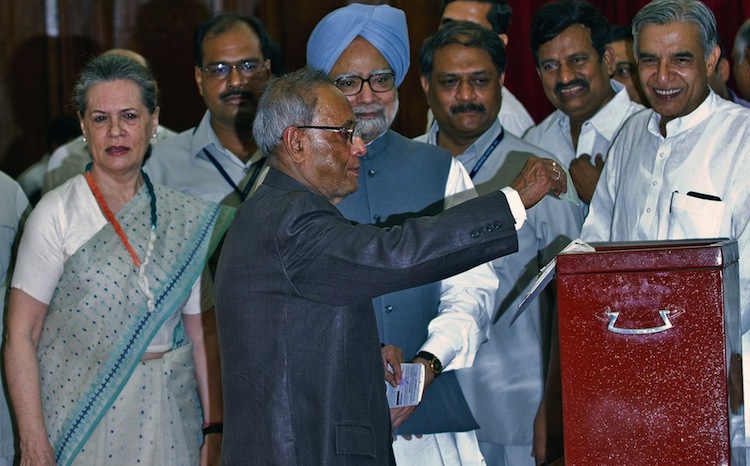Elections were held for India’s next president Thursday as the Indian government considers implementing crucial reforms.
Favored to win is Pranab Mukherjee, the former finance minister who resigned in June to run for president.
Over the past eight years as finance minister, Mukherjee has developed a reputation for fixing scandals in a government that has seen many.
“Our government owes a deep debt of gratitude to you for your invaluable contribution to its work,” Prime Minister Manmohan Singh wrote in a letter to Mukherjee after the latter’s resignation.
Results for the election will be announced Sunday but Mukherjee’s main opposition, Purno Agitok Sangma, a state lawmaker for a tribe in the far Northeast, doesn’t have many allies.
The president is chosen by an electoral college with about 5,000 national and state legislators, and while the office formally has legislative and executive power, in practice these powers are exercised through the Cabinet.
Prime Minister Singh has since temporarily assumed the role of finance minister, leading many in India to believe that now is the time for reforms, as Singh is famously remembered for constructing the 1991 economic reforms while he was finance minister.
One possible move would be changing the rules to allow investment by foreign companies in supermarkets. Singh tried that policy last year but pulled back after protests erupted.
The government is now eyeing the period before Aug. 8 to start reforms.
India’s economy saw its slowest growth rate in nine years in March of last year. The rupee weakened and inflation rates went up, leading to more imports than exports.
To counteract the problem, India has traditionally relied on foreign investment.
“Investor sentiment is down and capital flows are drying up.” Singh summarized in a meeting with Financial Ministry officials last month, according to a press release.
“We need to work to get the economy going again and restart the India growth story.”
The Epoch Times publishes in 35 countries and in 19 languages. Subscribe to our e-newsletter.






